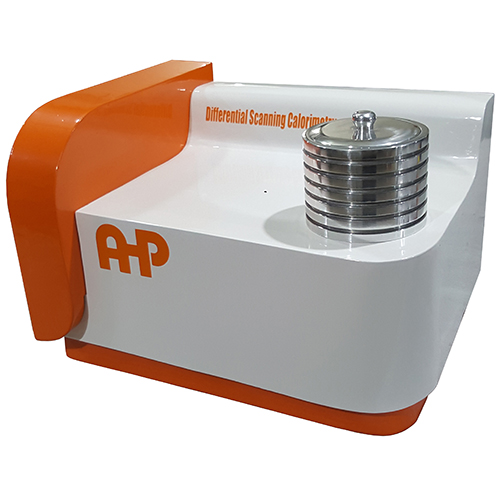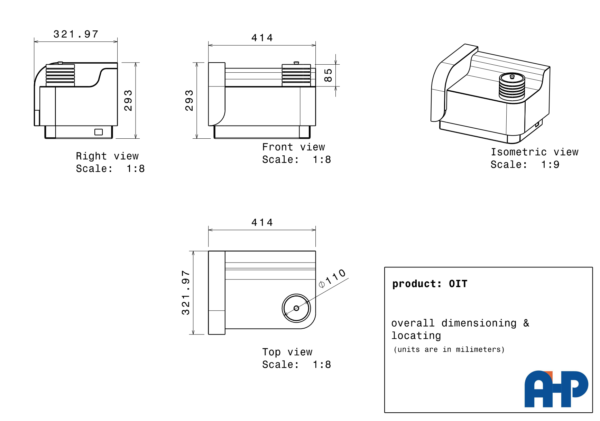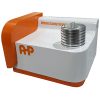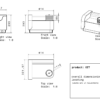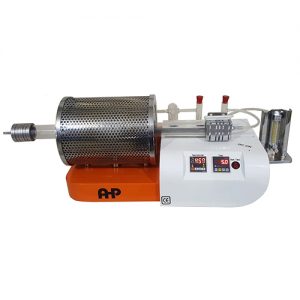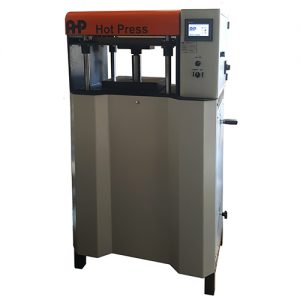Description
According to ASTM D3895 ISO11357 EN728 ASTM D3418
Up to 500C
Including standard Tin, Ind pellets for calibration checkout
400pcs of aluminium pans
Software CD (windows based software including Report out to WORD)
N2 and O2 rotameter mass flow controller
Hoses and connectors
Software also has data export to advantage Software for analysis
DSC measuring cell according to the heat flux principle
Temperature sensors for control & sample temperature
Connection for Purge gas flow to the sample for 2 gas types
Temperature accuracy 0.1 C
Sensitivity: 3.6 to 4.0 μV/mW
Sensor Time constant: 2.5 s
Calorimeter accuracy of ± 2%
Calorimetric precision of ± 0.5% or better
Two connections for purge gas-Inlet to the sample & 1 connection for cooling air

